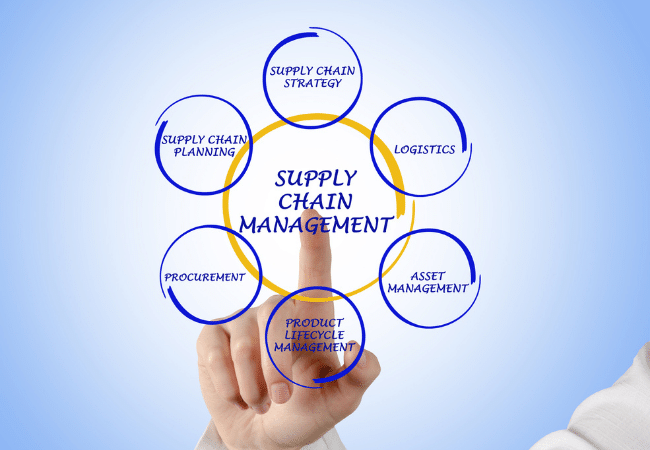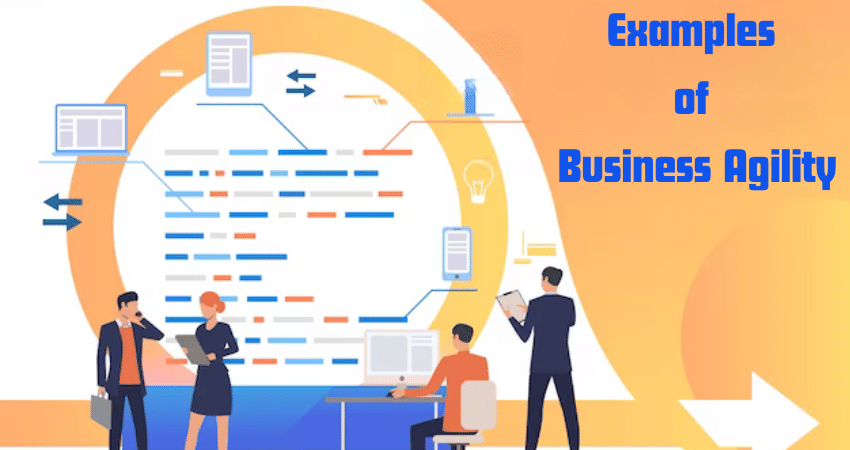Welcome to the world of business agility, where the ability to adjust and pivot quickly is the key to achieving sustained growth and profitability. In today’s dynamic and rapidly evolving business environment, organizations must possess the ability to promptly respond and adapt to changes to thrive. Being agile and adaptable is no longer a mere catchphrase; it has become a crucial factor that determines the success or failure of any business.
Agile Principles for Business Success
In today’s fast-paced and ever-changing business landscape, agility is key to staying ahead of the competition. Agile principles provide a framework that allows businesses to adapt quickly, respond to market trends, and deliver value to customers efficiently. These principles guide companies in their pursuit of business agility, enabling them to thrive in uncertain environments.
One fundamental principle of agile methodology is embracing change. Instead of rigidly sticking to a predetermined plan, agile businesses are open to adapting their strategies based on new information and emerging opportunities. This flexibility allows them to pivot quickly when necessary and seize market advantages.
Examples of business agility
Examples of business agility are explained in given below,
1. Adaptation to Market Trends: Quick Pivot to E-commerce During COVID-19
- Many traditional retailers swiftly embraced e-commerce to meet the increased demand during the pandemic, such as Walmart and Target.
2. Netflix Shifting from DVD Rentals to Streaming
- Netflix transitioned from a DVD rental service to a streaming platform, redefining how we consume entertainment.
3. Amazon’s Expanding Product Offerings
- Amazon started as an online bookstore but expanded its product offerings to become an e-commerce giant.
Agile Supply Chain Management:

4. Toyota’s Just-In-Time Manufacturing
- Toyota’s lean manufacturing processes enable it to produce vehicles efficiently in response to changing customer demand.
5. Zara’s Fast Fashion Model
- Zara leverages data and efficient supply chains to quickly bring new fashion trends to stores.
Customer-Centricity:
6. Apple’s Regular Product Innovation
- Apple continuously innovates, launching new products and updates that cater to consumer needs.
7. Airbnb’s Response to User Feedback
- Airbnb listens to user feedback to enhance its platform and provide better experiences.
Agile Project Management:

8. Scrum Methodology in Software Development
- Scrum enables software development teams to adapt to changing project requirements and deliver valuable features.
9. Agile Marketing Campaigns
- Agile marketing methodologies allow companies to respond to real-time data and optimize campaigns.
Organizational Flexibility:
10. Google’s 20% Time for Employee Innovation
- Google encourages employees to spend 20% of their time on personal projects, fostering innovation.
11. Salesforce’s Acquisition Strategy
- Salesforce strategically acquires companies to enhance its services and respond to market needs.
Business Process Optimization:
12. Lean Principles: Waste Reduction at Toyota
- Toyota’s focus on waste reduction in its production processes improves efficiency and reduces costs.
13. Six Sigma in Manufacturing
- Companies like General Electric use Six Sigma to reduce defects and enhance product quality.
Agile Teams:
14. Cross-Functional Teams at Spotify
- Spotify’s cross-functional teams enable swift development and delivery of new features.
15. GE’s FastWorks Program
- General Electric’s FastWorks program promotes agile development and innovation.
Agile Decision-Making:

16. Netflix’s Data-Driven Content Production
- Netflix uses data analytics to make decisions about content production and recommendation algorithms.
17. Spotify’s Decision-Making Framework
- Spotify relies on data and user feedback to make strategic decisions about its platform.
Digital Transformation:
18. GE’s Industrial Internet Initiative
- General Electric’s industrial internet initiatives leverage data and technology for process optimization.
19. IBM’s Transition to Cloud Services
- IBM shifted its focus to cloud services, adapting to the changing IT landscape.
Agile Culture and Leadership:
20. Transformational Leadership: Microsoft’s Cultural Shift under Satya Nadella
- Under Satya Nadella’s leadership, Microsoft embraced a culture of innovation and adaptability.
21. Adobe’s Focus on Employee Well-Being
- Adobe prioritizes employee well-being to foster a productive and motivated workforce.
Learning Organizations:
22. Google’s Focus on Continuous Learning
- Google promotes continuous learning and development among its employees.
23. Amazon’s Innovation through Failure
- Amazon encourages innovative thinking by accepting occasional failures.
Agile HR Practices:
24. Airbnb’s Unique Employee Benefits
- Airbnb offers distinctive employee benefits to attract and retain top talent.
25. Netflix’s No Formal HR Policies
- Netflix avoids traditional HR policies, emphasizing individual responsibility and freedom.
Crisis Management and Resilience:
26. Pandemic Response: Telecommuting at a Global Scale
- Companies worldwide implemented remote work policies during the COVID-19 pandemic.
27. Pharmaceutical Companies’ Vaccine Development
- Pharmaceutical firms rapidly developed vaccines to combat the pandemic.
28. Bank of America’s Response to 2008 Financial Crisis
- Bank of America’s response to the financial crisis showcased resilience and adaptability.
29. Apple’s Turnaround in the Late 1990s
- Apple made a remarkable comeback by reinventing itself under Steve Jobs.
30. Coca-Cola’s Quick Relief Efforts
- Coca-Cola provided rapid relief and support during natural disasters.
31. Tesla’s Puerto Rico Solar Power Grid
- Tesla swiftly implemented a solar power grid in Puerto Rico after Hurricane Maria.
Innovation and R&D:

32. Open Innovation: Procter & Gamble’s Connect and Develop Program
- P&G’s open innovation model involves collaborating with external partners to develop innovative products.
33. LEGO’s Ideas Platform
- LEGO invites customers to submit and vote on new product ideas, fostering community-driven innovation.
34. Startup Acquisitions: Facebook’s Acquisition of Instagram
- Facebook’s acquisition of Instagram expanded its reach and user base.
35. Alphabet Inc.’s Ventures Beyond Google
- Alphabet (formerly Google) ventures into various industries, including self-driving cars and healthcare.
Agility has become more than just a buzzword in today’s world. It has become a fundamental quality.

